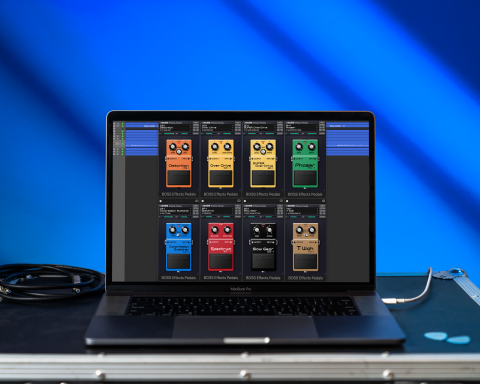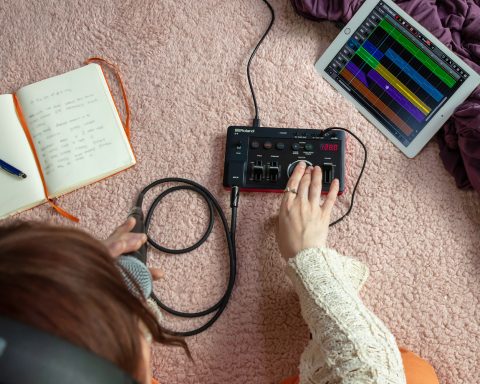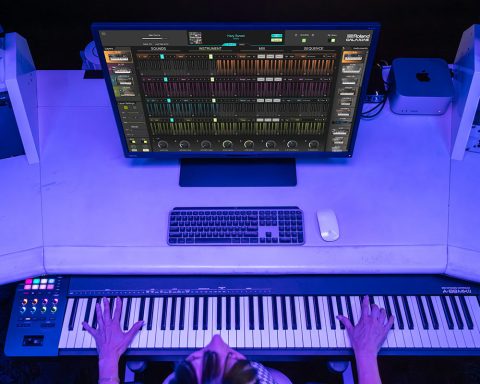Accompanying yourself as a singer can be a daunting task. The main challenge is dividing your focus between playing and singing. The secondary challenge is to keep the performance interesting and engaging for the listener. In this article, I’m going to share a few strategies that helped me improve my self-accompaniment skills.
Practice Scales in All Keys
Running through major and natural minor scales is a great place to start. At the beginning of each practice session, play major and natural minor scales in every key. For added benefit, try practicing with a metronome in different tempos.
This is a great exercise to warm up your fingers, boost your muscle memory, and improve ear training. It will also help you pay attention to rhythmic flow. Once you feel comfortable doing so, try practicing without looking at the piano.
It’s worth noting here that apps like the Roland Piano Partner 2, which you can use with your Roland digital piano, make this particular task extremely easy.
Start with Simple Grooves
A great place to begin is with simple grooves using the left hand. There are so many grooves you can play. But simple whole note, half note, and quarter note variations are standard in most accompaniments—especially ballads.
As you get used to playing standard rhythmic patterns in time, start incorporating different combinations into your routine. For example, you can play quarter notes with your left hand, while you’re playing whole notes with your right hand.
Roots, Power Chords, and Octaves
Try using your left hand to play root notes, power chords, and octaves. In most cases, you’ll feel inclined to play the root and the fifth degree of each chord more than anything else. This is especially common in genres such as pop and folk. But even for jazz and R&B pianists, it’s a solid starting point.
"By changing the order of notes, you can express different colors and emotions."
Inverted Chords
You can also add variations by playing inverted chords with your right hand. Most piano players who are self-taught learn chords online and assume that there’s only one way to play them. But by simply changing the order of the notes, you can express different colors and emotions.
For instance, there are three ways you can play a C major chord: root position, first inversion, and second inversion. Likewise, there are four ways you can play a C major seventh chord, with the added third inversion option.
The more you practice playing inverted chords, the better. In situations where you want to improvise on the spot, you can rely on inversions to avoid panicking about playing the wrong note.
Incorporating Arpeggios
Arpeggios can save a performance from becoming stagnant. In fact, well-placed arpeggios will bring rhythmic excitement to almost any piece of music. Instead of playing the chord tones altogether, play them one by one, in the order and rhythm of your choosing.
"The goal is to provide your vocal melodies harmonic context."
Switching Octaves
Look for opportunities to move up or down an octave during intimate sections of a song. You have seven octaves on any standard piano. Why not use them?
The middle register of the piano is indeed the best fit for most accompaniments. However, you can use higher and lower registers to mix things up now and then. This is also a great way to re-introduce a part in a fresh light to the listener.
Composing Accompaniment
A powerful trick is to use a tool like Roland Zenbeats and a MIDI keyboard controller to compose accompaniment. Those who are comfortable accompanying themselves can afford to improvise on the spot. Those who feel new to it should write and learn the piano part in advance. Note that your attention should be on the vocal performance.

Support Your Vocal
A lot of beginners make the mistake of focusing on the piano part too much to the point where their vocal performance becomes an afterthought. Keep in mind that the goal here is to provide your vocal melodies harmonic context. With the techniques outlined in this article, you’ll have some new ways to accomplish that.






